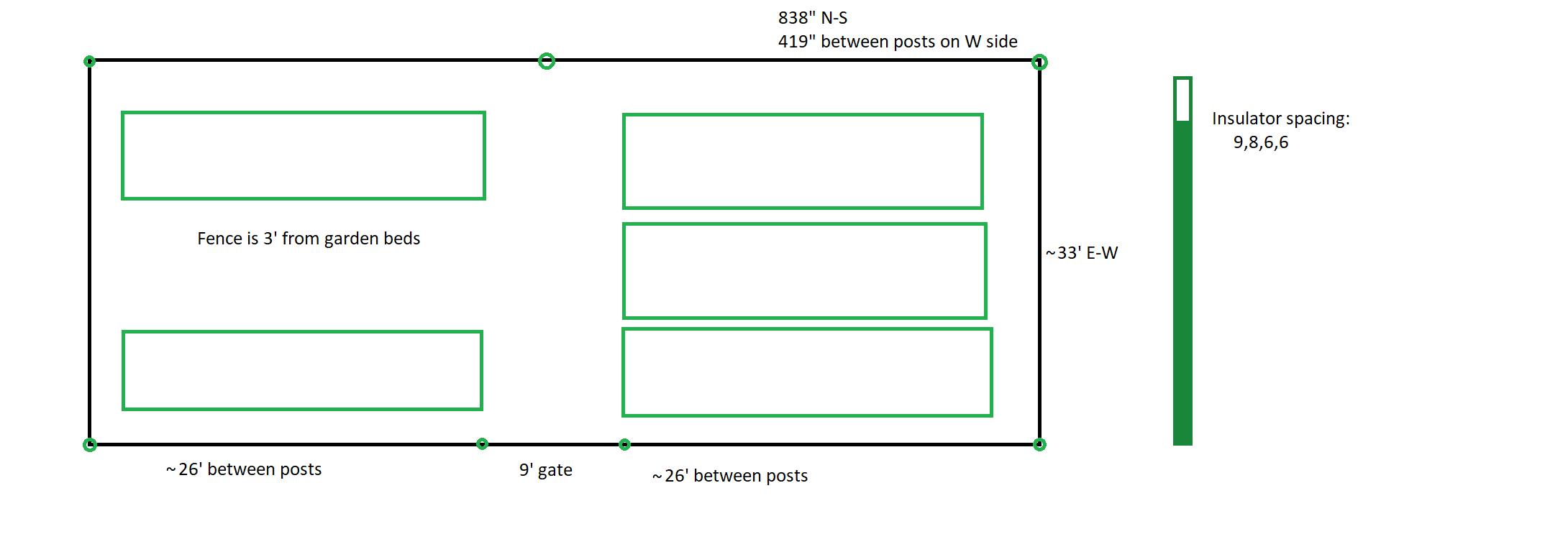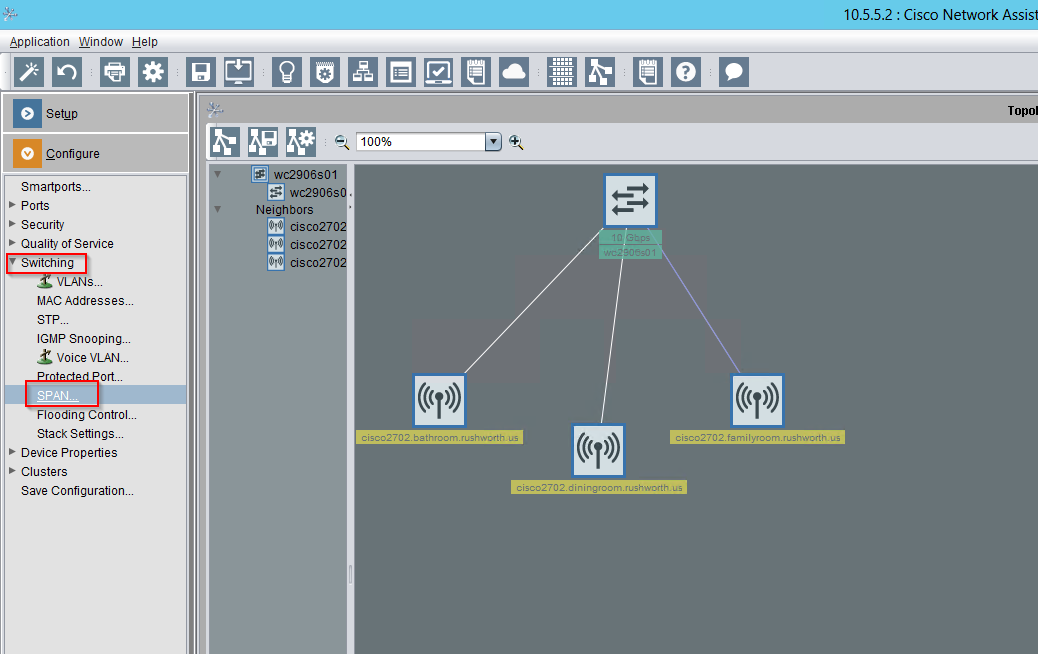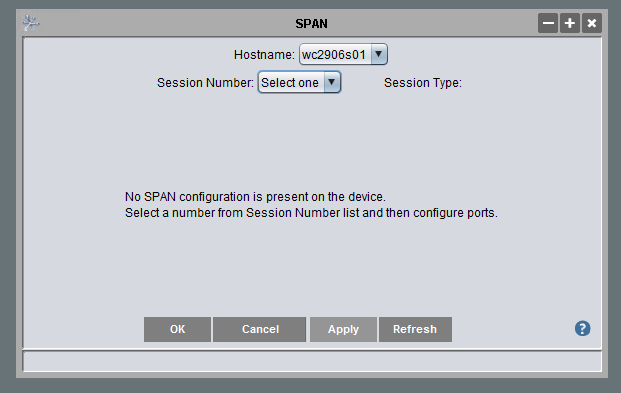The continuing saga of my growing hazelnut … July 30th
Hazelnut Pollen
A few years after we planted our hazelnuts, I was eagerly awaiting the time when they would have pollen-y bits. Except I couldn’t find anything online about what I was looking for. We did, finally, see the developed bits over the winter … but, this year, I can actually see them starting to develop in late July.
Wildfire Tracking Map
I found a site that maps out where wildfires are reported — useful for telling if the smokey haze is a foggy day, pollution, or wildfire smoke.
https://firms.modaps.eosdis.nasa.gov/usfs/map/#m:advanced;l:countries,earth;@-92.1,42.5,4.9z
Mulch!
Garden Fence
Corn Fencing
Dragon Chow
I calculated the “best deal” on dragon chow berries per fake gold coin in Anya’s DragonMania Legends game — I always tell her to get Clan Blue Hazel because you don’t need to keep “re-planting” them every couple of minutes, but the spikey cherries that grow in 30 seconds are actually the best “deal”.
| Type | Berries | Coins | Hours | Berries | Coins | Berries per Coin |
| Spikey Cherry | 65 | 195 | 0.008333 | 5 | 15 | 0.333333333 |
| Purplemon | 352 | 1950 | 0.083333 | 27.0769231 | 150 | 0.180512821 |
| Clan Blue Hazel | 2,860 | 19,500 | 2 | 220.00 | 1,500.00 | 0.146666667 |
| Blue Hazel | 2,600 | 19,500 | 2 | 200.00 | 1,500.00 | 0.133333333 |
| Clan Sour Cone | 1105 | 9750 | 0.5 | 85 | 750 | 0.113333333 |
| Sour Cone | 975 | 9750 | 0.5 | 75 | 750 | 0.1 |
| Dragonscale | 5,200 | 52,000 | 6 | 400.00 | 4,000.00 | 0.1 |
| Dragonlandic Berry | 19,500 | 195,000 | 12 | 1,500.00 | 15,000.00 | 0.1 |
| Clan Star Fruit | 71,500 | 780,000 | 24 | 5,500.00 | 60,000.00 | 0.091666667 |
| Star Fruit | 65,000 | 780,000 | 24 | 5,000.00 | 60,000.00 | 0.083333333 |
| Sweetroot | 650,000 | 10,400,000 | 48 | 50,000.00 | 800,000.00 | 0.0625 |
| Candied Pear | 390,000 | 7,500,000 | 42 | 130,000.00 | 2,500,000.00 | 0.052 |
| Spring Cherry | 97,500 | 2,600,000 | 1 | 7,500.00 | 200,000.00 | 0.0375 |
| Clan Royal Fig | 396,000 | 10,800,000 | 24 | 132,000.00 | 3,600,000.00 | 0.036666667 |
| Royal Fig | 360,000 | 10,800,000 | 24 | 120,000.00 | 3,600,000.00 | 0.033333333 |
| Squarey Berry | 120,000 | 4,800,000 | 6 | 40,000.00 | 1,600,000.00 | 0.025 |
Cisco Catalyst 2960-S: Capturing All Traffic Sent Through a Port
We had an issue where an IOT device was not able to establish the connection it wanted — it would report it couldn’t connect to the Internet. I knew it could connect to the Internet in general; but, without knowing what tiny part of the Internet it used to determine ‘connected’ or ‘not connected’, we were stuck. Except! We recently upgraded the switch in our house to a Cisco Catalyst 2960S — which allows me to do one of the cool things I’d seen the network guys at work do but had never been able to reproduce at home: using SPAN (Switched Port ANalyzer). When we’d encounter strange behavior with a network device where we couldn’t just install Wireshark and get a network capture, the network group would basically clone all of the traffic sent to the device’s port to another switch port where we could capture traffic. They would send me a capture file, and it was just like having a Wireshark capture.
You can set up SPAN from the command line configuration, but I don’t have a username/password pair to log into SSH (and can only establish this from the command line configuration). Before breaking out the Cisco console cable, I tried running Cisco Network Assistant (unfortunately, a discontinued product line). One of the options under “Configure” => “Switching” is SPAN:
Since there was no existing SPAN session, I had to select a session number.
Then find the two ports — in the Ingress/Egress/Destination column, the port that is getting the traffic you want needs to either have Ingress (only incoming traffic), Egress (only outgoing traffic), or Both (all traffic). The port to which you want to clone the traffic is set to Destination. And the destination encapsulation is Replicate. Click apply.
In the example above, the laptop plugged in to GE1/0/24 gets all of the traffic traversing GE1/0/5 — running tshark -w /tmp/TheProblem.cap writes the packet capture to a file for later analysis. Caveat — the destination port is no longer “online” — it receives traffic but isn’t sending or receiving its own traffic … so make sure you aren’t using remote access to control the device!
To remove the SPAN, change the Ingress/Egress/Destination values back to “none”, change the destination encapsulation back to select one, and apply.
Since the source port is connected to one of our wireless access points, the network capture encompasses all wireless traffic through that access point.
And we were easily able to identify that this particular device uses the rule “I can ping 8.8.8.8” to determine if it is connected to the Internet. We were able to identify a firewall rule that prevented ICMP replies; allowing this traffic immediately allowed the devices to connect as expected.
*Un*Registering SysInternals ProcMon as Task Manager Replacement
I like the sysinternals tools — I use them frequently at work. But, generally? When trying to look at the running Windows processes or how much memory is being used … I need a really small, simple tool that doesn’t add to the bogging that’s already happening. Which is why I hate when people replace taskmgr.exe with the SysInternals task manager on steroids. It’s too much information. The worst part is that the menu option to replace task manager doesn’t un-replace it.
To accomplish that — to revert to the real Windows task manager — you need to edit the registry. Navigate to HKLM\SOFTWARE\Microsoft\Windows NT\CurrentVersion\Image File Execution Options\taskmgr.exe and remove the key named “Debugger” which points to the SysInternals binary.
Tableau Upgrade Failure
Attempting to upgrade Tableau from 2021.something to 2022.3.5 repeatedly failed with the following error in the upgrade log:
Failed with the error "Detected the old version of Tableau Server takes precedence on the system PATH".
And there were all sorts of things online to try — most of which involved changing the environment variables Tableau sets. But they weren’t wrong … or, rather, it was impossible to tell which was “right”: the new version I was trying to install or the old version that was still running. On a whim, I thought I’d try an admin-level command prompt. Opening the command prompt with the “Run as administrator” option allowed me to upgrade the server.
Except … I upgraded another server the next night. I knew to launch the command prompt in administrator mode, but I was incredibly dismayed to encounter the exact same error. Even using an admin level command prompt. Then it occurred to me — Windows evaluates the environment variables when you launch the shell (in fairness, every Unix/Linux variant I’ve encountered does the same thing). The installer must be changing the Tableau environment variables. If you use a command prompt that was open prior to running the installer … you don’t have the new values. You have the old ones — so the environment variable, as seen by the upgrade script, is pointing to an older version of Tableau. Launch a new command prompt, re-evaluate the environment variables, and the script now sees the proper version. Hopefully my next upgrade won’t include a panic inducing “yeah, that’s not gonna happen” error!









